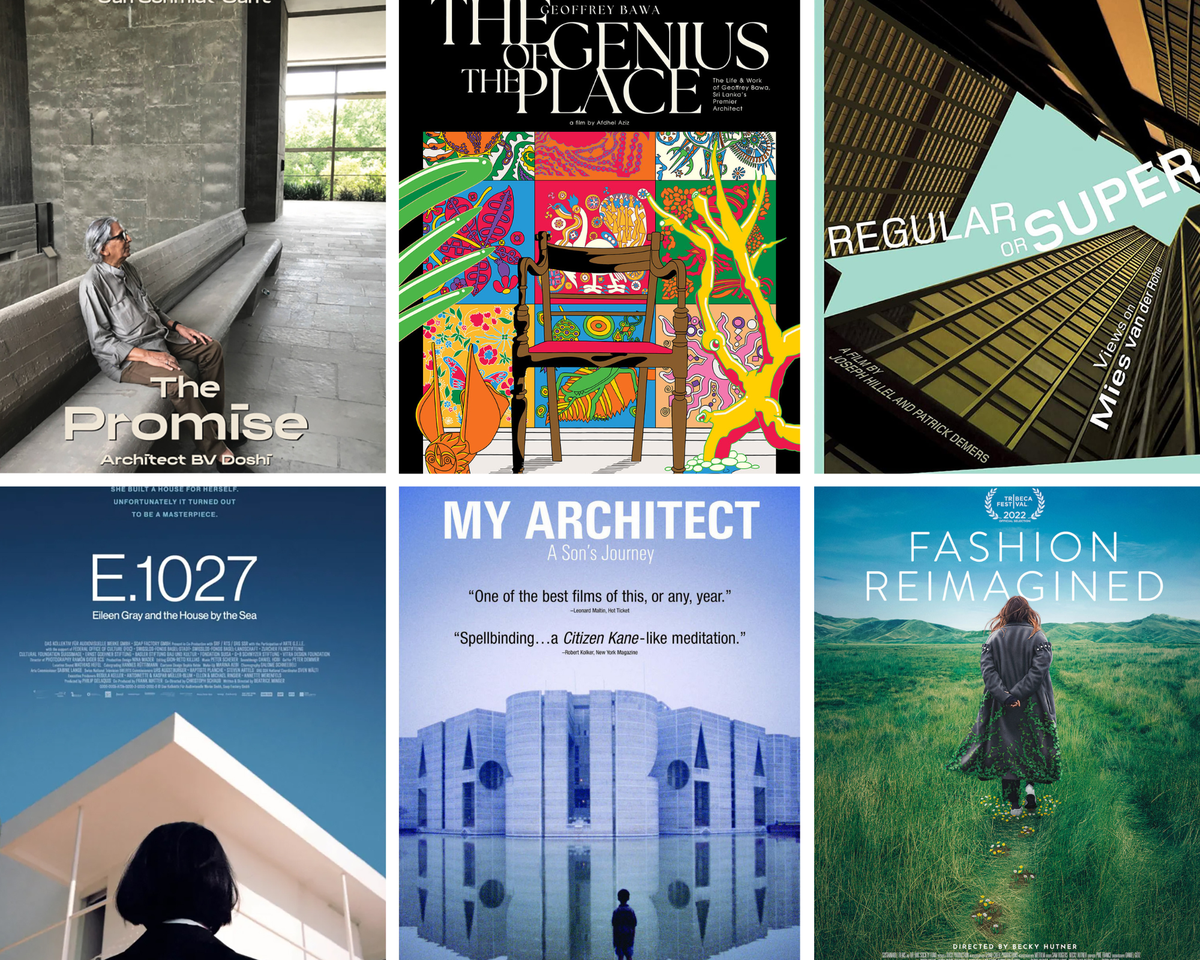At the debut Architecture & Design Film Festival (ADFF) in Mumbai — brought to India from across the Atlantic by STIR, a media house and curatorial agency, earlier this month — one question took over all the rest: how has this not been done before? In a country where industry-led trade shows and design fairs are a dime-a-dozen, silo-ing a profession that impacts us all, this was a breath of fresh air.
The city’s iconic National Centre for the Performing Arts played host to this South Asian premiere, where these interconnected worlds collided and cross-pollinated using a medium we can all relate to: cinema. “Both cinema and architecture influence and get influenced by the cultural commentary of a country. And, they influence each other too,” says Amit Gupta, founder and editor-in-chief at STIR. The medium is crucial in breaking the exclusivity of design circles, and inviting all creatives to participate in understanding the impact of design and architecture.
Amit Gupta
Vast themes were traversed: riveting dramas such as E.1027, a tale of obsession, love and loss through a home built by Irish architect Eileen Grey in France’s Cote d’Azur, which later captured the attention of celebrated architect Le Corbusier, the mastermind behind Chandigarh; documentaries such as Soviet Bus Stops, which traces buildings created as small acts of poetry in a totalitarian regime; and biographies such as the Oscar-nominated My Architect, a heartfelt portrait of renowned American architect Louis Kahn’s past, painted by his son who barely knew him.

Posters of a few films screened at ADFF
Over three days, 20+ international films, a multi-faceted public programme, and a comprehensive lineup of talks brought a new flavour to this New York-origin festival’s remarkable 16 years (and counting) run. Its goal? To create an educational yet entertaining annual environment where fundamentally human stories narrated through film spark discussions about design in South Asia. As New York-based architect Suchi Reddy explains, “Architecture is not just an echo chamber for the cognisant, it has a value for society. ADFF bridges this gap with a much-needed venue for meaningful discourse.”
Breaking silos
Conversations to bring ADFF to India began two years ago and, ever since, its curation was guided by a deeper enquiry: how does one truly bring it home? To give contextual depth, relevant films from previous editions were fished out and aired again alongside new entries rooted in the region’s history — such as a biography on Sri Lanka’s Geoffrey Bawa and his works of tropical modernism, and Lovely Villa, which walks viewers through the iconic LIC Colony by Indian architect and urban planner Charles Correa in Borivali, underlining the relationship between architecture, family, memories and everyday life.
Sustainability emerged as a perennial theme through Biocentrics, a dive into nature as a source of design inspiration and Fashion Reimagined, where a young designer’s new collection of field-to-finished garments catalyses personal change and a societal revolution. Kyle Bergman, director and founder of ADFF (who worked on the festival lineup in the company of Martino Stierli, New York City’s Museum of Modern Art’s Philip Johnson chief curator of architecture and design) says, “We have a broad view of ‘design’ — it encompasses everything, especially beyond the tangible. While schools tend to silo disciplines, once you get out, design is for everyone.”

Kyle Bergman and (right) Martino Stierli
This was clear through the comprehensive public programme, put together for the first time in the history of ADFF, titled ‘~log(ue)’: an inventive twist to the suffix -logue/-log and its Hindi homonym which stands for people. Disciplinary jargon was eschewed, as were the run-of-the-mill panel discussions. Instead, the audience — a refreshing outpouring of creative professionals limited not only to architects, but design lovers, film enthusiasts and connoisseurs of culture — huddled together in the central Pavilion Park to discuss fresh ideas. For instance, with a card game called Aamchi Mumbai, the audience discussed ways in which design could improve the city, gamifying the idea of being an active, involved citizen.
The Architect Has Left The Building, one of two special projects at the event
‘Multiple ways of seeing’
Also at Pavilion Park, the ‘Frames of Reference’ installations offered a glimpse into the creative processes of 10 globally renowned Indian architects, from Mumbai’s SHROFFLEóN to Tania and Sandeep Khosla of TSK Design in Bengaluru. One of them was Chromacosm, by Reddy in collaboration with Asian Paints, where more than 2,000 colours came together to fade to black, mimicking pixelation on screen as a 3D experience you could walk through. As festival curator Samta Nadeem puts it, “When we talk about building our world/ future, it has to be inclusive, but most importantly, it has to be plural, allowing for multiple ways of seeing.”

‘Frames of Reference’ installations
Chromacosm
The oft-used ADFF tagline ‘Design Directs Everything’, as Bergman shares, has become increasingly relevant today. Visual media, voraciously consumed through streaming and social media platforms, has inarguably become the most impactful way to reach, move and affect audiences. And in an uncertain world — where increasingly, AI-generated content is consumed — every creator across the world needs to meet to expand the narrative of what it means to create and design. The things we create impact and shape our reality.
An architect-turned-journalist, the writer hopes her passion for storytelling drives an incisive cultural commentary.
Published – January 24, 2025 12:06 pm IST